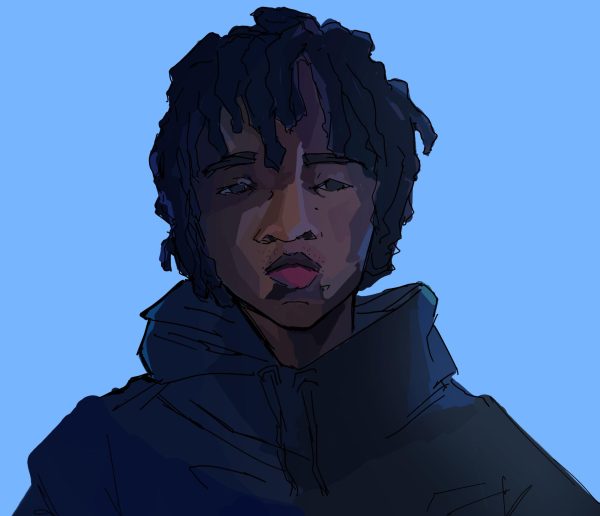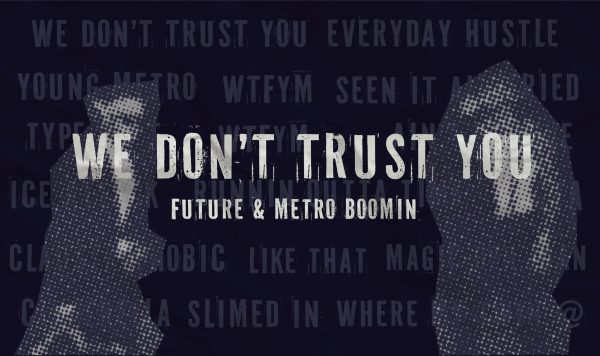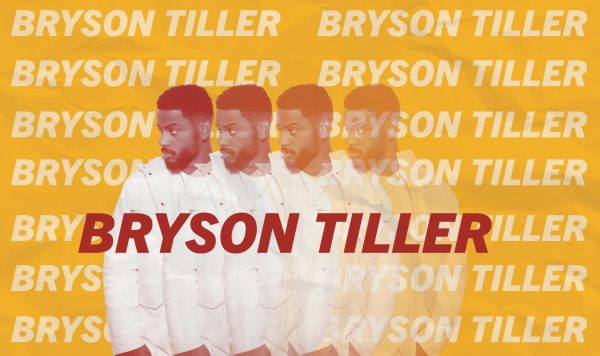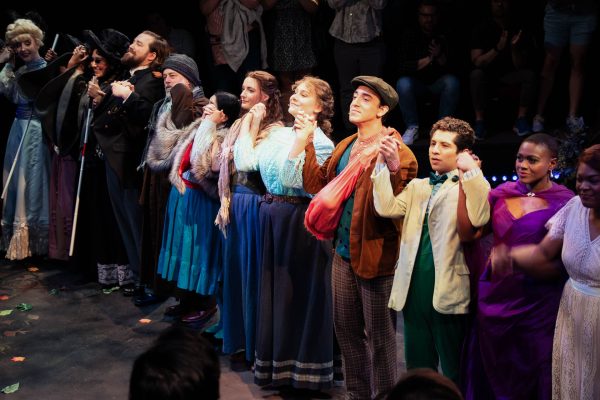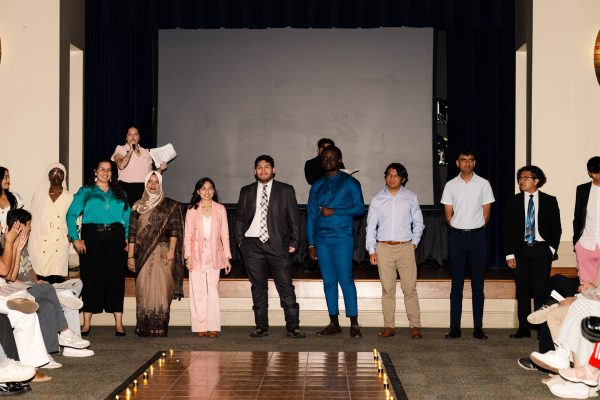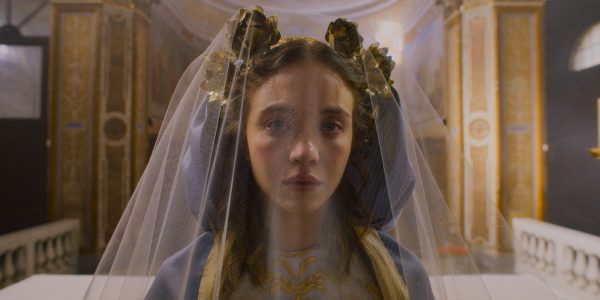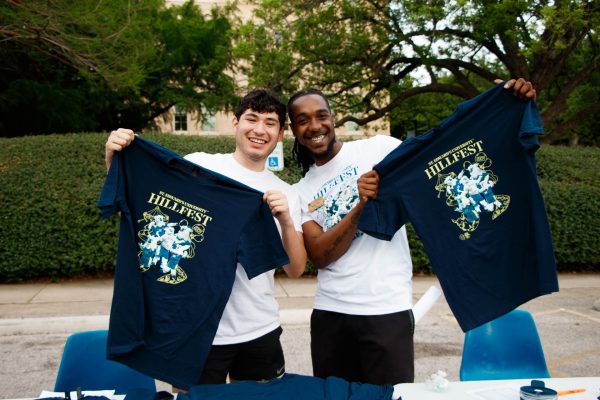Sound design, budding psychopaths thrive in dark coming of age comedy ‘Thoroughbreds’
As anyone who knows me can attest, I am absolutely wild for the 1988 dark comedy “Heathers”. It remains one of my favorite films since I saw it during my middle school years, which made me all the more excited and wary of Cory Finley’s directorial debut, “Thoroughbreds”, which drew comparisons to the cult classic. Having seen it, however, it’s worth noting the comparison is well earned.
The film concerns two teenagers, Amanda (Olivia Cooke) and Lily (Anya Taylor-Joy), who plot to murder the latter’s domineering and generally unpleasant step-father (Paul Sparks). Wrapped up in the scheme is Tim (the late Anton Yelchin), a petty drug dealer and statutory rapist. The events of the film are split into five chapters which are, more or less, distinct from one another, providing as a sort of mini-arc within each.
The overall tone of the film is a well managed balance of dark material and humorous undertones, and while there are times it feels like it bridges a little too far in either direction, it’s overall consistent and enjoyable. It never seeps into a realm where it takes itself too seriously, as a lot of dark comedies are wont to do, and this works to the best effect. It allows the audience to experience the film, even its sincere moments, without feeling like its trying to hard. It feels stark, honest, and unforgiving; anything meaningful is meant to be gleaned by the audience, not spoon fed to them.
In terms of visuals, the film benefits from sheer opulent eye-candy: magnificent Georgian homes, well manicured lawns, deliciously red cars, Renaissance portraits, Grecian busts, full mahogany studies, katanas, designer clothes– the film drowns in the feelings of wealth. It’s intoxicating, certainly, but it provides a fascinating backdrop for the events to take place. However, unless there is intention to marvel at the wealth of the characters, the film primarily relies on mid to close shots of the characters, which emphasizes the dialogue and acting on the screen, which is consistently compelling throughout. As a film with a lot of personal drama, this allows for the stakes to be on a constant rise throughout as the characters plot, confide, and read one another. It makes every interaction between characters important and interesting without requiring the audience to make it so.
But the real shining aspect of the film is in their use of sound. It is, in the plainest sense of the word, superb. The music varies from fun and modern to classical instrumental to urgent chanting to tense, heightened strings. The echo of designer shoes on hardwood floors, the drone of an indoor rowing machine, the sharpness of a knife being pulled from a kitchen drawer, the sickening crack of a neck being broken– there’s not an essential element of sound ignored within the film. Which, of course, makes the long stretches of silence between characters all the more loaded and meaningful. It’s fair to say the film would not be what it is without the masterful way sound is used throughout, which, if anything, serves as a credit to its craft.
Overall, “Thoroughbreds” remains a haunting and fascinating film, one which demands to be thought about days or even weeks after the initial viewing. Clever, charming, unforgiving, and skillfully manufactured, “Thoroughbreds” promises a refreshing take on teen-thrillers.


